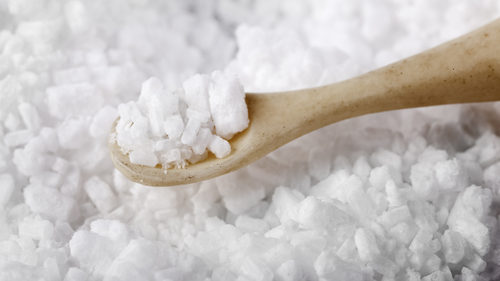Cocaine is the second most commonly used illicit drug in the United States. In 2015, the National Survey on Drug Use and Health reported that 1.5 million Americans over the age of 12 had used cocaine during the previous month.
What does street cocaine look like?
Street cocaine comes in a white powder or crystal that can be snorted, rubbed on the gums, or mixed with liquid and injected. Drug dealers often mix the powder with other white substances, such as baking soda, to increase their revenue. They may also add other drugs like synthetic opioids and stimulants, making the cocaine even more deadly than it is alone. The drug is also known as crack, blow, coke, snow or rock. When it is mixed with heroin and injected, it is called Speedball.
How does cocaine affect the brain?
Cocaine increases the levels of dopamine in the reward center of the brain. Dopamine is a neurotransmitter that carries messages from the brain to the rest of the body. Usually, it comes back to the cell that released it, but cocaine stops it from returning. Instead, it floods the space between nerve cells and shuts down the pathways of communication.
The overflow of dopamine in the brain creates euphoric feelings and causes users to want more. Over time, however, sensitivity to the drug builds, and it takes stronger and more frequent doses to get high or prevent withdrawals. Cocaine users experience these withdrawal symptoms:
- Fatigue
- Depression
- Insomnia or bad dreams
- Confusion
- Increased appetite
As with other drugs, repeated use of cocaine can cause long-term changes in the brain’s reward system, increasing the risk of addiction. As the brain adapts to the excess dopamine created by cocaine, it becomes gradually less sensitive to the drug. Users then need stronger and more frequent doses to feel the same high they did at first or to get relief from withdrawal.
The effects of a cocaine high can last anywhere from a few minutes to an hour, and its fast disappearance creates the need for another dose. A high comes quickly, usually in less than one minute from smoking or up to one hour from snorting. This causes users to binge, consuming the drug excessively and then cutting back, creating a cycle of highs and lows.
Smoking or injecting creates a fast, strong high that lasts from five to ten minutes while a high from snorting may last up to 30 minutes. The purity of the powder, in addition to the binge-withdrawal cycle, also affects the odds of addiction.
How is cocaine addiction treated?
Although researchers are looking for a drug that helps with cocaine addiction, the Federal Drug Administration has not yet approved a medical treatment. Cognitive-behavioral techniques, motivational strategies, support groups and therapeutic residences help addicts with withdrawal, offer support, and teach them how to deal with relapse.
If you or someone you love has a cocaine addiction, help is available.



